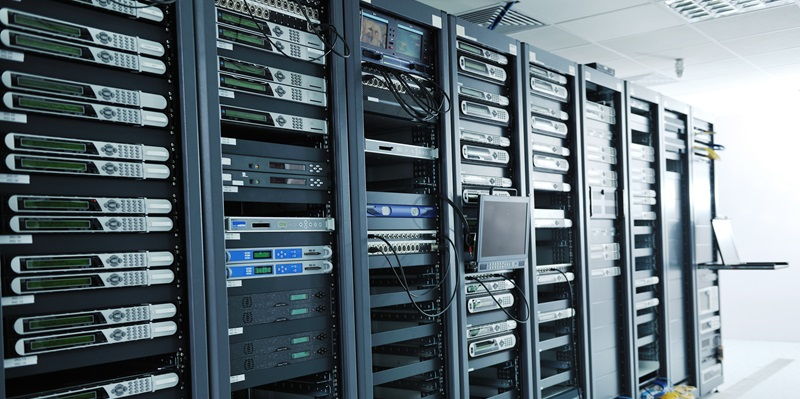With the assistance of a $4 million grant from the state of Indiana, Quantum Corridor has recently achieved lightning-fast data transfer speeds of 40 Tbps during its first transmissions from the Chicago ORD 10 Data Center to an IT facility in Hammond, Indiana. This significant networking milestone comes at a time of increased demand for advanced data processing capabilities. Consulting firm McKinsey & Company predicts that data center demand in the US alone will grow by 10% annually until 2030, highlighting the critical need for highly efficient and secure fiber-optic networks.
Background on Quantum Corridor’s Achievement
Quantum Corridor has become the first Tier 1 network in North America to achieve a capacity of 40 Tbps with a latency of 0.266 milliseconds. This achievement showcases the network’s exceptional speed and efficiency. The significance of such a milestone lies in its ability to meet the rising demand for data center services. As the world becomes increasingly data-driven, the need for highly efficient and secure fiber-optic networks is paramount.
Growing demand for data centers
According to McKinsey & Company, the demand for data centers is expected to grow by 10% annually in the US until 2030. This surge in demand underscores the importance of efficient fiber-optic networks to support data processing requirements. Advanced data processing capabilities have become an absolute necessity to efficiently manage, store, and process vast amounts of data. As new technologies continue to develop, data centers must adapt to meet these increasing demands.
Global developments in network speeds
Quantum Corridor’s achievement is not the only evidence of the world’s quest for faster network speeds. Researchers across the globe are tirelessly working towards achieving record-breaking network speeds. For instance, China recently launched what it claims to be the world’s most advanced internet network, boasting speeds of about 1.2 Tbps. This competitive landscape demonstrates the global importance placed on achieving faster and more efficient network speeds.
Importance of infrastructure for research and development
The ability to support research, development, and testing of network and data-handling equipment is of paramount importance. Having an infrastructure that encourages innovation and facilitates high-scale, end-to-end testing is exciting for both companies like Quantum Corridor and the industry as a whole. A robust infrastructure enables the testing of new technologies and enhances the potential for future-proofing data networks.
Future Outlook for Quantum Corridor and Data Networks
Quantum Corridor predicts that the next generation of multi-terabit-per-second transfer speeds will help future-proof data networks. With the anticipated surge in demand for data processing capabilities, data center customers will require more powerful CPUs and GPUs, larger and faster memory systems, and potentially even quantum compute resources. Quantum Corridor’s achievement in achieving lightning-fast data transfer speeds serves as a stepping stone towards meeting these future requirements.
The impact of quantum interconnection
The advancement and rollout of new quantum networks typically bode well for the trajectory of quantum interconnection going forward. Quantum interconnection not only offers faster network speeds but also brings about other benefits and implications. For instance, it enables more secure transmission of information through quantum encryption, facilitates advancements in fields like quantum computing, and supports the seamless integration of quantum technologies into existing networks. The successful implementation of quantum interconnection holds great promise for the future of data communication.
In conclusion, Quantum Corridor’s achievement of achieving lightning-fast data transfer speeds of 40 Tbps is a testament to the network’s speed and efficiency. This milestone comes at a time of increased demand for advanced data processing capabilities. With the ongoing growth of data center demand and the need for highly efficient and secure fiber-optic networks, Quantum Corridor’s achievement is significant. Looking ahead, the world’s focus on faster network speeds and the development of quantum interconnection holds tremendous potential for the future of data networks. It is crucial to continue investing in infrastructure development and advancing technology to stay ahead of the anticipated surge in data demands.

